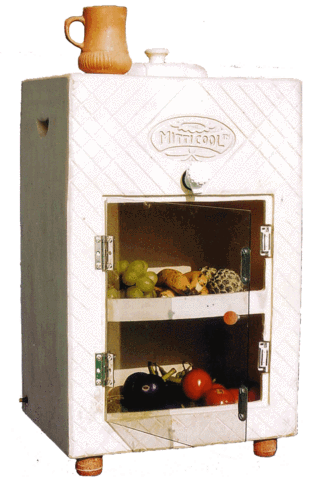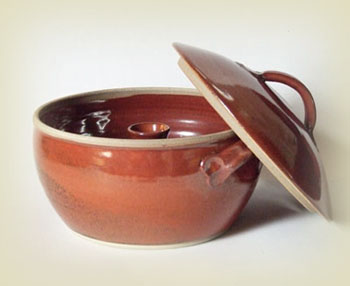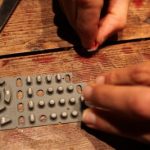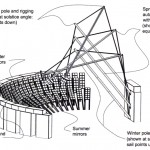“Having occasion to make emergency repairs to the large 170-ft. chimney of the Consumers’ Ice Company, Chicago, and finding that the cost of erecting a scaffold ran up into hundreds of dollars and would take too much time, I decided to use one of my cellular kites for the purpose of hoisting and attaching a suitable block and tackle.”
Read more: Climbing Tall Stacks with the Aid of Kites. Popular Mechanics, November 1906











